US President-elect Donald Trump's tariff measures are expected to have a huge impact on global trade, especially on "arch-rival" China. What plans will Beijing prepare to deal with the worst-case scenario?
The re-election of Donald Trump as US President is expected to further aggravate the already strained relationship between Washington and Beijing.
The trade war was sparked by Mr Trump in 2018 over his disapproval of existing trade rules, leading to a series of tariff sanctions against China, along with retaliatory responses from Beijing.
Since then, the trade war has spread to many other areas from technology, investment, finance... leading to a "decoupling" trend between the two largest economies in the world.
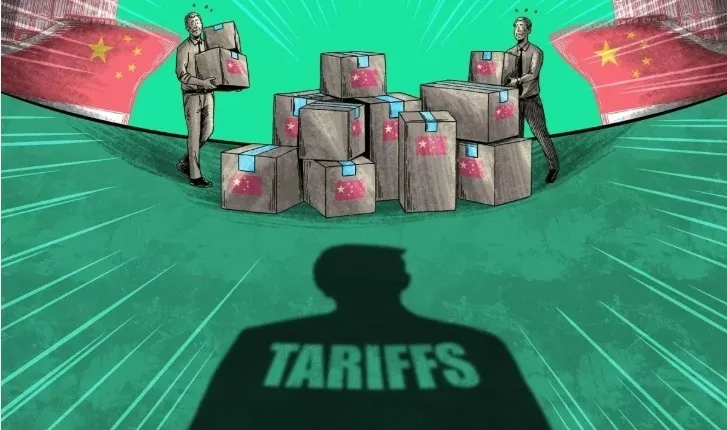 |
| The cumulative impact of the 60% tariff will be much more damaging if Beijing fails to come up with timely remedies. (Source: SCMP) |
China could be the country that suffers the most
Mr Trump is fond of the word tariffs - which he calls "the most beautiful word in the dictionary" - and has used it frequently on the campaign trail. The president-elect believes tariffs can help narrow the US trade deficit, bring back manufacturing jobs and pay for the big tax cuts he promised voters.
Economists fear that the US's 60% tariff on Chinese products and goods, and 10 to 20% tariffs on all other imports, could undermine a global trading system that is already showing signs of stagnation.
Worse still, the potential retaliation from major trading partners would exacerbate and even exceed the damage of the 2018-2019 trade war, with no winner. China would likely be the country that would suffer the most if the proposed measures were fully enacted.
A recent Reuters poll of economists found that even partial implementation of the planned tariffs could reduce China’s growth by one percentage point in 2025. The cumulative impact of 60% tariffs would be much more damaging if Beijing fails to come up with a timely remedy.
These are certainly serious threats to an economy still reeling from the housing market collapse and post-pandemic shocks.
Exports are one of the few positive growth drivers, but a new tariff war looms that could completely stifle them. China’s economic and market outlook in 2025 will depend heavily on how the external environment evolves, and how Beijing responds to it.
What are Beijing's options?
The Chinese government has a number of options to mitigate or deflect the impact of tariffs.
The first option is through trade negotiations — a method Beijing has had some success with, with the signing of the phase one trade deal. The appointment of Howard Lutnick and Jamieson Greer to oversee the trade agenda, rather than the more familiar Robert Lighthizer, by President-elect Trump could create some uncertainty about how these policies will be implemented. However, Lutnick’s public description of tariffs as “bargaining chips” suggests some scope for Beijing to negotiate its way out of a worst-case scenario.
Second is a devaluation of the yuan , which has mitigated the damage from tariffs in 2018-19. JPMorgan forecasts a 10-15% depreciation against the dollar to counter the tariffs. “However, this is much lower than the 28-30% expected if the People’s Bank of China (PBOC) repeats the approach in 2018-19,” JPMorgan said.
At that time, the PBOC allowed the yuan to weaken significantly, to offset Mr. Trump’s decision to raise tariffs on Chinese goods from 3% to 20%. By not disrupting the market, Beijing effectively wanted to let its currency act as a shock absorber, helping exporters weather the storm.
Rerouting trade flows could be an option. Spreading production across locations exempt from additional tariffs, such as Southeast Asia and Mexico, has helped some Chinese companies skirt US restrictions in recent years.
A blanket tariff on all US imports would make complete tariff avoidance impossible, but navigating a 10-20% tariff instead of 60% remains an economic equation for Chinese companies that want to remain competitive in the US market.
Threats of retaliation could be a deterrent tactic. In addition to retaliating with tariffs, Beijing could restrict exports of essential products on which the United States depends on China.
China recently banned exports of critical minerals to the United States, effectively banning all exports of gallium, germanium, antimony and superhard materials “in principle.” Restricting access to the Chinese market for American companies could also pressure the world’s largest economy into thinking about any tariff plans. This may not be Beijing’s “favorite tool,” given its love and interest in attracting foreign investment, but it is still an option that could be proposed.
Last but not least, Beijing could boost domestic demand to offset the decline in exports. This may be the most appropriate, effective and sustainable strategy to help the economy withstand the tariff shock.
 |
| Beijing may boost domestic demand to offset the decline in exports. (Source: AP) |
Exports as a share of GDP have fallen from a peak of nearly 40% to below 20% in 2023. These changes reflect China’s evolution toward a more self-reliant, domestically driven economy. A focus on domestic demand will maximize the impact of Beijing’s short-term stimulus efforts, along with the long-term benefits of accelerating economic rebalancing.
Strengthening the domestic economy could also help Beijing significantly limit the trade damage from tariffs. Relying too heavily on devaluation, trade rerouting, and retaliation could exacerbate existing tensions and escalate the tariff war. They could even spark new disputes over currency manipulation, prolonging the economic war.
Not to mention, the recovery of the world's second-largest economy could boost global commodity and energy prices, creating inflationary impulses, thereby effectively limiting the flow of tariffs from the US.
Faster-than-expected economic growth, a volatile labor market, and persistently high inflation could be the Achilles' heel of the robust U.S. economy. And Trump capitalized on voters' frustration with inflation to win the recent presidential election. The 47th president of the United States is likely to maintain that confidence by continuing with tariff policies while the economy is still growing hot.
Analysts say Beijing has many tools at its disposal to address the looming economic challenges. The most effective and sustainable solution is to restructure the economy and restore domestic demand. While recent policy changes suggest that Chinese authorities are on the right track, Beijing will need to do more to navigate the economy through choppy waters.
Source: https://baoquocte.vn/bom-thue-quan-cua-ong-trump-chuc-cho-phat-no-trung-quoc-co-cach-gi-de-vuot-qua-vung-bien-dong-296680.html









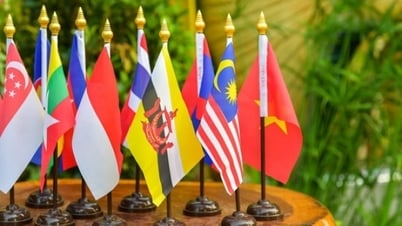

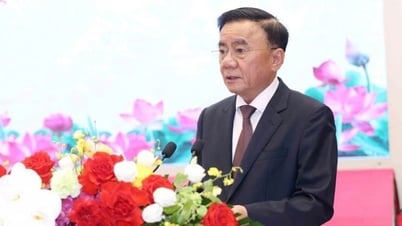

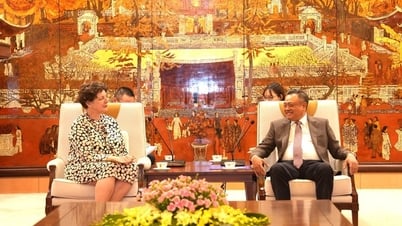





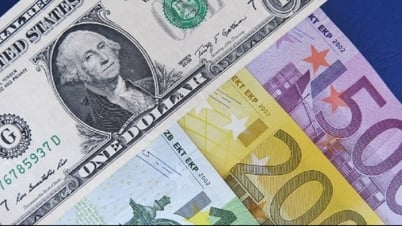


































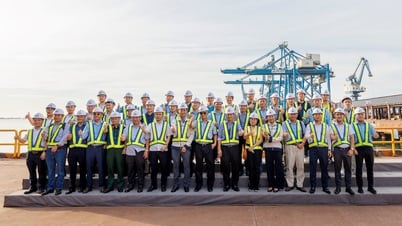



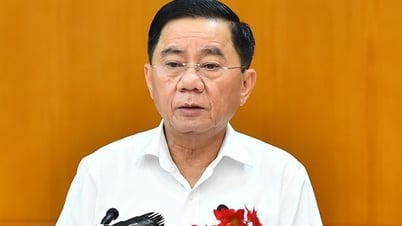









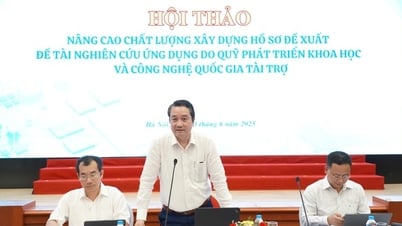





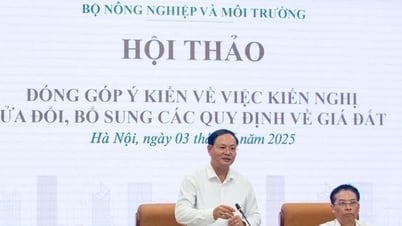




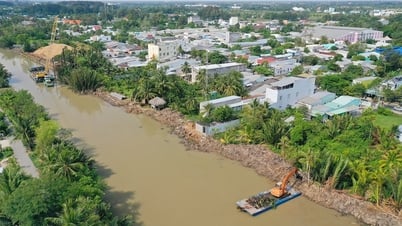

















Comment (0)